
Living with diabetes requires continuous management of blood sugar levels, and for many individuals, insulin pumps have become indispensable tools in their daily routines. Technological advancements constantly enhance the capabilities of these devices, and selecting the right insulin pump can significantly impact one's quality of life. To help you familiarize yourself with options available, we've put together a list of some of the best insulin pumps for managing your diabetes.
What is an Insulin Pump?
Insulin pumps are computerized devices that deliver insulin without using multiple daily injection (MDI) insulin therapy. They can be integrated with a continuous glucose monitor (CGM) to automatically adjust the amount of insulin administered based on real-time blood glucose levels.
Different Types of Insulin Pump Technology
They streamline insulin delivery in one of two ways: through a steady and continuous dose (basal insulin) or a surge dose at your discretion (bolus insulin). Both forms use a type of rapid-acting insulin that can help with diabetes management and reduce the risk of diabetic ketoacidosis (DKA).
Basal insulin pumps deliver small, continuous doses of insulin throughout the day. The dosage of background insulin will depend on pre-set basal rates you set with your doctor. Usually, you'll need more insulin in the morning due to the natural cortisol spikes after sleeping, but each person is different. Changes to the flow of insulin may also change based on diet and exercise. If you connect your insulin pump to a CGM, your basal rates can adjust automatically according to real-time blood sugar readings.
Bolus insulin pumps require more input from patients with diabetes before delivering the insulin. The pump often requires manual carbohydrate intake information, which combines with the blood sugar readings to recommend how much insulin you need. Before administering it, you'll need to confirm the insulin dose. Unique features can also vary based on the manufacturer, so reading the instructions thoroughly before using a pump is important.
How Insulin Injections are Administered with Pump Therapy
Two insulin delivery systems for pumps also exist: pumps with tubing and tubeless pumps. People with type 1 diabetes or type 2 diabetes who use an insulin pump will need to work with their doctor to determine the right design for their needs.
Tubed Insulin Pumps
Tubed or tethered insulin pumps have a connected tube that goes from the infusion set and cannula under your skin to the reservoir. The cannula is only a few millimeters long and can be inserted at home. The infusion site is commonly placed on an upper arm, belly, hip, thigh, or buttocks. Once you've placed the cannula, you'll remove the needle and can then insert the infusion set to be attached to the reservoir.
The reservoir pod is inside the pump, and it has a screen showing you selected data and settings. You'll need to manually fill the reservoir with insulin, but most models will hold about two to three days' worth. The pump can be clipped on your pants or placed in your pocket.
Every time you change the reservoir, you'll need to use new infusion sets and tubing as well. However, the insulin pump can last for several years. Some insulin pumps are waterproof, but many people prefer to remove them when swimming or bathing.
Tubeless Insulin Pumps
Tubeless insulin pumps, also sometimes referred to as patch pumps, still rely on a cannula under the skin. However, rather than being connected to a separate device with a tube, the cannula and reservoir are both inside a pod that is attached to your skin at the injection site with an adhesive patch. It's operated using a wireless controller and needs to be changed every two to three days. Each patch/pod can only be used once and needs to be manually filled with insulin before adhering it to your skin.
Once you place the adhesion in the desired location, you'll press a button that releases a needle and cannula for insertion. The needle automatically retracts after placing the cannula under the skin and the entire system is completely waterproof.
How Do Insulin Pumps Help People with Diabetes?
Insulin pumps can be used by anybody with diabetes or anybody who requires insulin. This includes adults and children with type 1 diabetes, individuals with type 2 diabetes, people with monogenic diabetes, and more. Insulin pumps can simplify the management and administration of insulin, making daily life easier for many people with diabetes. They can also ensure you receive swift medication for high blood glucose levels, reducing the risk of DKA.
Pumps can help you obtain more precision for your insulin needs. They can also adapt to more unpredictable eating habits or schedules, which makes diabetes management easier for those who may not have the time or resources for strict meal planning and cooking. Individuals who only require small doses of insulin (i.e., children and toddlers) also respond well to insulin pumps.
However, if you find that you have difficulty keeping the pump attached or experience manual dexterity, insulin pumps may not be the best option.
Best Insulin Pumps in 2024
Several types of insulin pumps are available, but each one offers unique characteristics. To help you choose, consider some of the best insulin pumps on the market in 2024.

Beta Bionics Inc. iLet Bionic Pancreas — The Beta Bionics Inc. iLet Bionic Pancreas is an innovative diabetes management system that combines insulin delivery and glucagon administration in a single device. It pairs with Dexcom CMGs and offers unique technology that makes decisions about your diabetes management for you. This personalized care can help you enjoy enhanced blood sugar control and peace of mind. Learn more about it here.
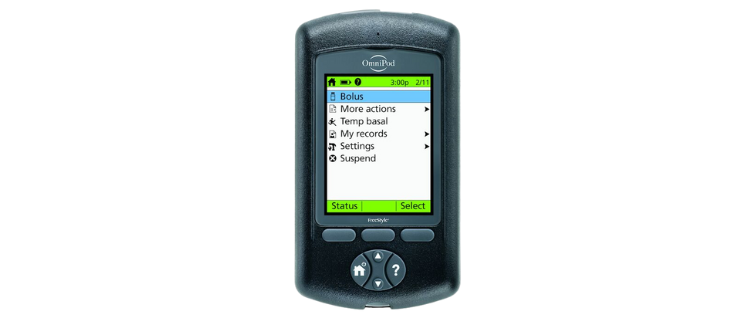
Insulet Corporation Omnipod® Insulin Management System — Unlike traditional pumps, the Omnipod® pump uses no tubes to increase convenience and flexibility. It's waterproof and provides up to 72 hours of continuous insulin delivery for diabetes management wherever you go. With smartphone compatibility, you can combine this pump with your favorite CGM to make the most of your day. Learn more about it here.
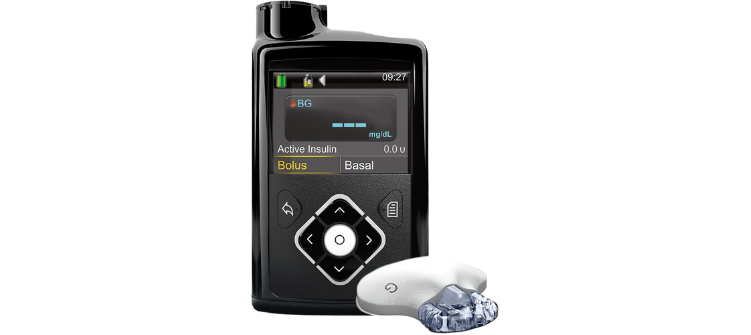
Medtronic MiniMed 630G Insulin Pump Kit — Featuring state-of-the-art technology, the MiniMed 630G allows for precise insulin delivery tailored to individual needs. Its user-friendly interface and intuitive design make it easy for individuals to program and adjust insulin doses according to their requirements. It can connect to your CGM to continuously check glucose levels and help you stay in a healthy range. You can find more information here.
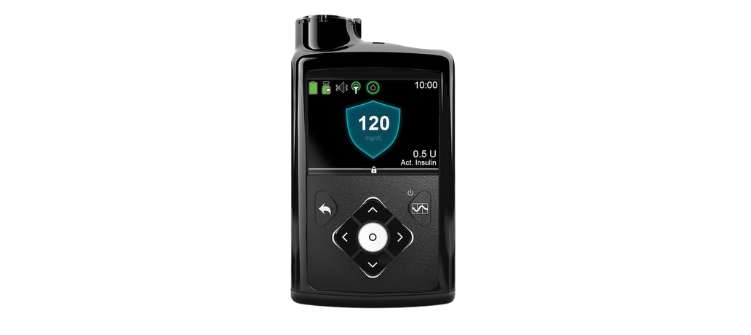
Medtronic MiniMed 670G Insulin Pump Kit — At the heart of the MiniMed 670G is its SmartGuard Auto Mode, which automatically utilizes sensor-augmented pump therapy to adjust insulin delivery based on real-time glucose levels. This closed-loop system continuously monitors blood sugar levels and adjusts insulin delivery accordingly, helping to minimize both high and low blood sugar events. You can find more information about it here.
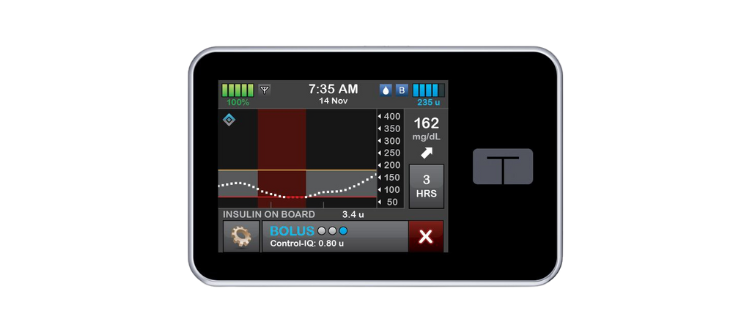
Tandem Diabetes Care t:slim X2™ Control-IQ Technology — Control IQ technology decreases or stops basal insulin administration if readings from compatible CGM sensors are low or predicted to be low. If sensor readings are high, it increases basal insulin to help automate and optimize diabetes management. It includes safeguards to prevent hyperglycemia and additional activity settings and is up to 38% smaller than other pumps on the market. You can find more information here.
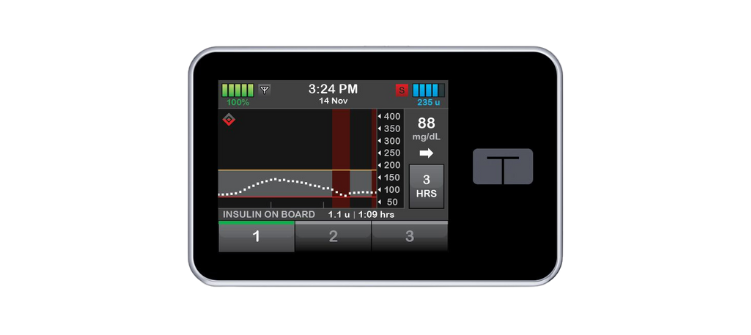
Tandem Diabetes Care t:slim X2™ Basal-IQ Technology — Basal IQ technology pairs with your favorite CGM to help reduce the frequency and duration of low-glucose events by predicting glucose levels up to 30 minutes in advance. It then works to suspend insulin if levels are expected to drop below 80 mg/dL or if a CGM reading falls below 70 mg/dL.
Things to Consider When Choosing a System That's Right for You
Choosing the right insulin pump can be difficult with many different makes and models available. Oftentimes, the decision to use a pump depends on the individual, their lifestyle habits, and optional CGM integration. Insulin pumps can be paired with CGM technology to provide comprehensive diabetes care to individuals of all ages. Still, it's best to work with your doctor and diabetes care team to make the best decision based on your needs.
Your insurance may also cover insulin pumps and CGMs, so contacting your provider is important to understand your coverage. For additional diabetes support and management, Byram Healthcare has a range of insulin pumps and other high-quality diabetes products. We also offer diabetes support and educational materials to give you everything you need for comprehensive care.




